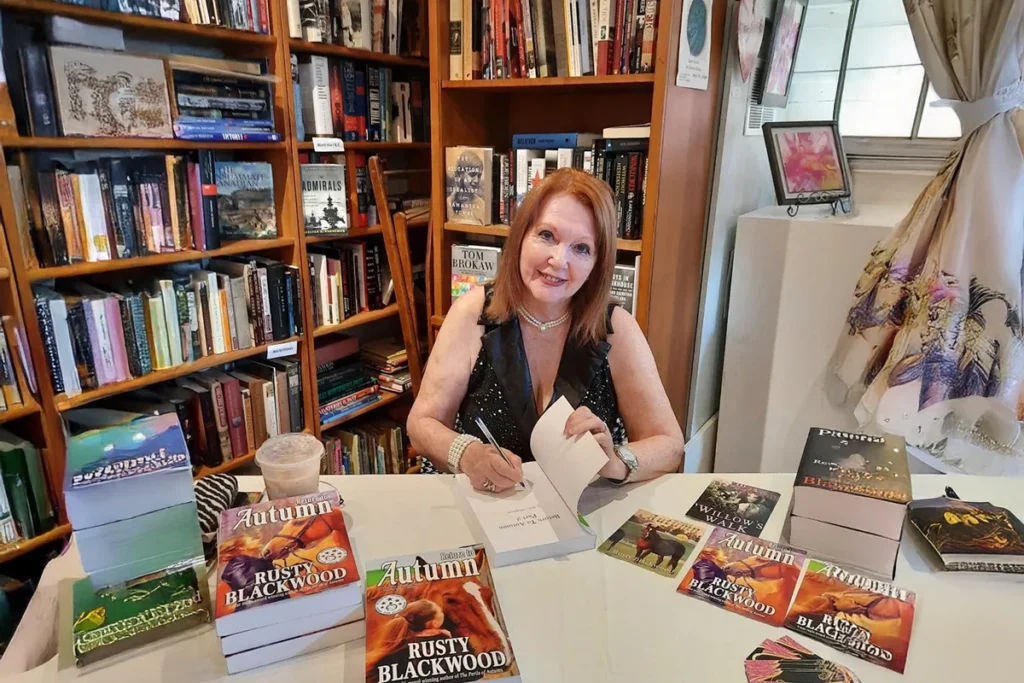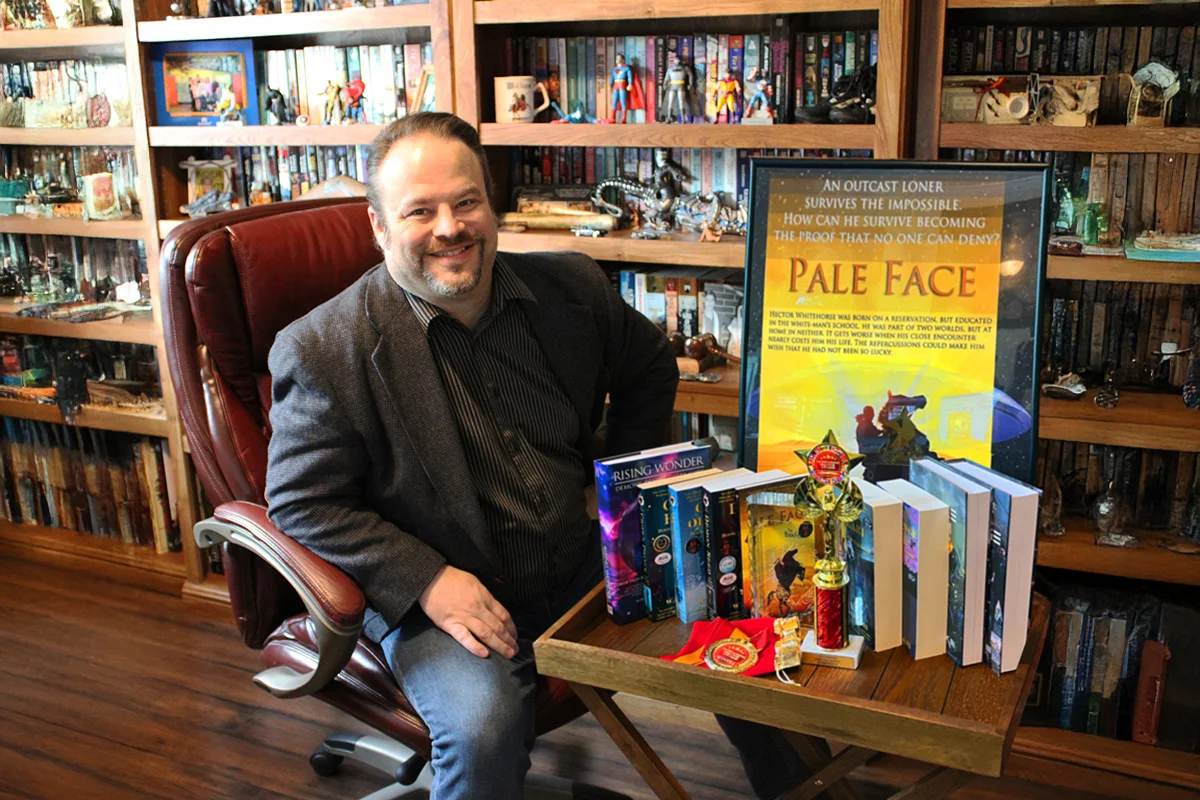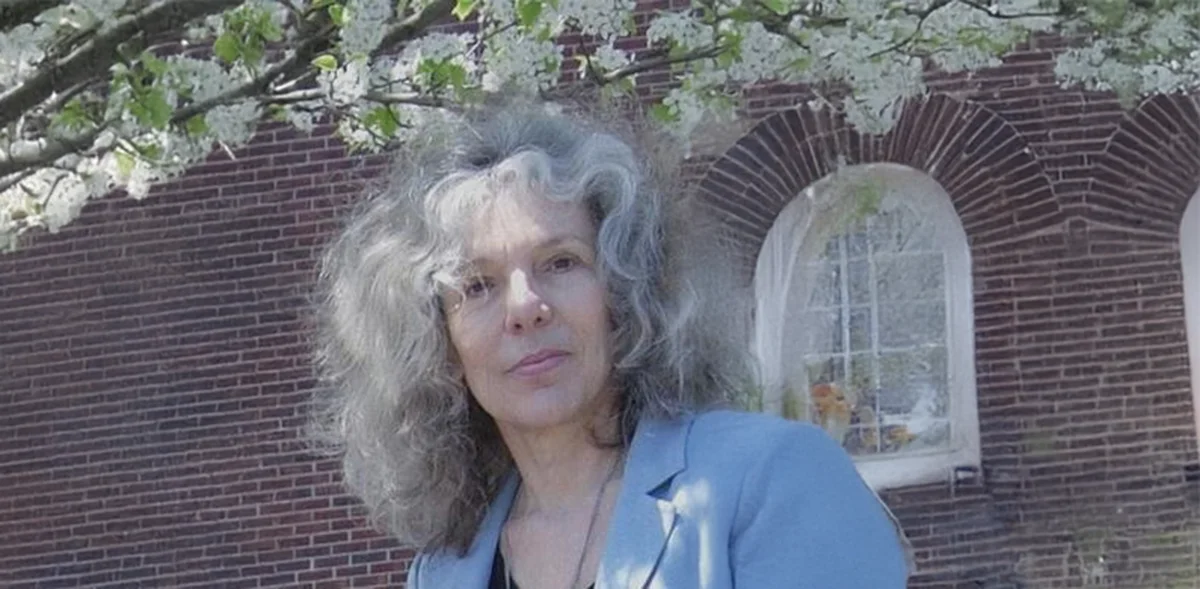Photo:D. Kilpack III, creator of the New Blood Saga and Battle Calm Cycle, proudly showcases his literary achievements, awards, and the rich creative space where his stories come to life.
Stories Born From Resilience And Depth
D. Kilpack III explores philosophy, resilience, Native American culture, and raw human experience in his award-winning novels, blending realism and imagination into emotionally transformative storytelling.
D. Kilpack III is a name synonymous with storytelling that is both intricate and deeply resonant. From the award-winning New Blood Saga to the thought-provoking Battle Calm Cycle, Kilpack’s works are a rich fusion of philosophy, myth, and raw human experience. His novels portray worlds that are simultaneously timeless and pulsating with life, earning him over forty-five literary awards across multiple genres.
What sets Kilpack apart is not just his technical prowess but the intensity of real-life experiences that shape his narratives. As a former elite wrestler and coach, Kilpack infuses his characters with the same grit, endurance, and emotional depth honed in the wrestling arena. Physical confrontations within his stories are never superficial; they are heavy with personal sacrifice, strategy, and psychological weight. Likewise, his commitment to authenticity is evident in his cultural depictions, particularly his empathetic exploration of Native American traditions in works like Pale Face.
“Defeat is not an option. Even if there is a loss, it’s only temporary, and the loss is a good thing if something was learned in the process.” – D. Kilpack III
Kilpack’s career spans a variety of roles — journalist, editor, publisher, screenwriter, professor — all of which have sharpened his sensitivity to language and storytelling rhythm. Yet, at the heart of his creative process is a simplicity that often surprises people: he reads his work aloud to his wife, whom he credits as his most insightful critic. Her feedback, particularly on the authenticity of female characters, underscores the emotional precision Kilpack strives for in every draft.
His literary journey, however, is one of evolution, persistence, and the pursuit of truth. Through his works, Kilpack explores courage in its many forms — from epic battles to quieter struggles for meaning and authenticity. For him, the ultimate aim of storytelling is not simply acclaim but the ability to move readers and leave them changed.
“Stephen King said, ‘A good novelist does not lead his characters, he follows them.’ I love moments when I think, ‘Whoa! I didn’t see that coming!’” – D. Kilpack III
In an interview published by Reader’s House Magazine, Kilpack revealed pivotal moments and philosophies behind his celebrated works. Reflecting on Red Skin’s Laws — the moral framework underpinning the Battle Calm Cycle — he spoke about its layered influences, from Nietzsche’s and Boethius’s snippets of wisdom to childhood inspiration drawn from books like The Coming of the Horseclans by Robert Adams. He began drafting Battle Calm as a teenager in 1985, influenced by the grit and permanence of war depicted in the opening scene of The Terminator. Over the course of decades, military veteran interviews and rewrites enriched the series, along with expansions of Red Skin’s Laws.
Wrestling, in particular, has significantly shaped Kilpack’s perspective, informing both the physicality and psychology of his characters. Drawing parallels between the sport and life, he described wrestling as the epitome of endurance, resilience, and a refusal to accept defeat. His personal philosophy — “defeat is temporary, and losses are valuable if lessons are learned” — echoes through one of his Red Skin’s Laws: attack relentlessly, knowing cunning often outweighs brute strength. He emphasized that his battered, scarred body — from surgeries and irreparable injuries — offered firsthand lessons that color his vividly realistic action scenes and emotionally complex characters.
Kilpack also delved into his writing process, stating that he rarely uses formal outlines. Instead, he relies on “milestones” while allowing his characters to dictate the narrative. The discovery of the Omega Message in the Battle Calm Cycle, though planned in concept, evolved into something deeper and more unexpected as he wrote, amplifying backstories and conflicts that enriched the series’ emotional depth.
When asked about the most emotionally exhausting scene he had written, Kilpack pointed to the climactic end of Rilari in the New Blood Saga. Inspired by a recurring dream that moved him to tears, this scene required years of world-building to evoke the gravitas he had experienced in the dream. Writing it left him emotionally drained, as he grappled with the powerful emotions and blurred vision caused by crying.
Kilpack also shared the painstaking research process for weaving Navajo mysticism into Pale Face. While inspired early in life by his grandmother’s stories about their Cherokee ancestry, the novel required extensive study of Navajo culture, especially given its distinct spiritual traditions. Limited resources in college libraries forced him to dig deep, creating an authentic portrayal that complements his overarching goal of writing “realistic fantasy” that resonates with readers.
As an accomplished editor of 23 publications, Kilpack shared the editorial lesson that transformed his fiction: reading aloud. He uses this method to refine rhythm and catch flaws, a technique he also recommends to aspiring writers. His wife often serves as his sounding board, providing invaluable insights that shape dialogue and characterization. This collaborative approach, grounded in respect and trust, reflects his broader dedication to authenticity.
Beyond his writing, Kilpack balances screenwriting at Safe Harbor Films with novel writing, viewing both disciplines as different formats of storytelling. Asked how writers can juggle family, day jobs, and ambitious creative pursuits, he stressed adaptability. “Pivot when you have to,” he said, recounting how he temporarily put fiction on hold to raise his children. For Kilpack, embracing life’s changes while staying true to your creative vision is key.
Kilpack’s story — as a writer, wrestler, and lifelong learner — is a testament to resilience, authenticity, and the transformative power of storytelling. Readers may come for the battles and stay for the philosophy, but they’ll always walk away moved, changed, and inspired.
(This write-up was inspired by an interview with D. Kilpack III, originally published in Reader’s House Magazine.)











